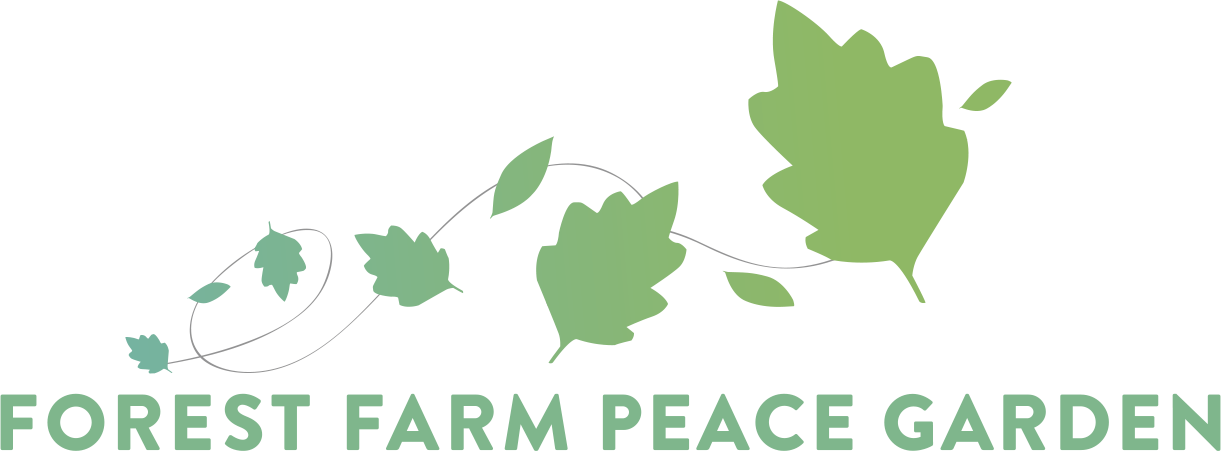Common Name Hawthorn
Genus & Species Crataegus monogyna (Jacq.)
Family Rosaceae
Other Names May, Quickthorn, Common Hawthorn, Single-seeded Hawthorn, Haw
Range and Habitat Found across the UK as a native in hedgerows, scrub and woodland.
General ID A shrub or small tree that can grow to 15m in height, but is often a lot smaller because of its use in hedging, in part because it is covered in thorns. The leaves are about 6cm long and are dissected, appearing before the flowers. Flowers are white, but sometimes pinkish and have a heady aroma. They form clusters on the tree in the month of May and are followed by reddish fruits in the autumn. It is closely related to, and often hybridises with another native – Midland Hawthorn (Crataegus laevigata) but can be distinguished in its slightly sweeter smelling flowers, single seeded fruit (2-5 in C. laevigata) and less deeply cut leaves
For food… The leaves of both species are eaten when they are newly emerged in spring and have a nutty flavour. Flowers can also be eaten and taste like marzipan. This should be done in moderation, as the almond-like flavour is due to the presence of prussic acid. Fruits are harvested in the autumn and are best made into chutneys, ketchups, preserves or fruit leathers. I have been known to mix them with mashed potato, and are just as good eaten straight from the tree. Care should always be taken to remove the seed however. They also have a reputation for making excellent brandy and are rich in antioxidants.
For healing… Hawthorn is usually used medically for heart related conditions, having an effect described as steadying heartbeat and increasing blood flow to the heart whilst having an overall calming effect. It has uses in both conventional (allopathic) medicine and a range of alternative treatments. The flowering branches with leaves and the haws (fruits) are both used for this purpose.
In culture… The tree is deeply embedded in British folklore. It is considered bad luck to cut it and bring it indoors, possibly because the aroma of the cut flowers produces trimethylamine which is the same chemical produced when an animal first dies. However, it is also associated with fertility and the promise of spring by virtue of its flowering season as alluded to in Chaucer:
’Marke the faire blooming of the Hawthorne tree
Who finely cloathed in a robe of white,
Fills full the wanton eye with May’s delight.’
The tradition of ‘Going ‘a maying’ – a period of sexual license, coincided with its blooming. It is often used to represent Acacia (which does not naturally occur in Britain) in Christian arrangements. As well as being a wood used for veneers and carving, thorns have been used as fish-hooks by ancient peoples.
For wildlife… There are at least 300 species of insect that hawthorn supports, including being a food plant for moths such as Small Eggar (Eriogaster lanestris), Light Emerald (Campaea margaritaria) and Rhomboid Tortrix (Acleris rhombana) to name but a few. Fruits are important food sources for many birds such as Fieldfares (Turdus pilaris) and Redwings (Turdus iliacus). It is also a good source of nectar for many species of bee, including the Honeybee (Apis mellifera). The dense thorny foliage makes it an ideal place for nesting birds and small mammals.
At FFPG… We have many hawthorns in the hedges at the border of our site and also stand alone trees more centrally located in the garden.
Disclaimer:
This is intended for information only. FFPG, its staff, trustees and volunteers do not make any claim as to the safety or efficacy of plants listed for medicinal purposes and do not encourage the consumption or use of any of the plants listed herein. Anybody wishing to use plants for medicinal effect is advised to consult their medical professional.


